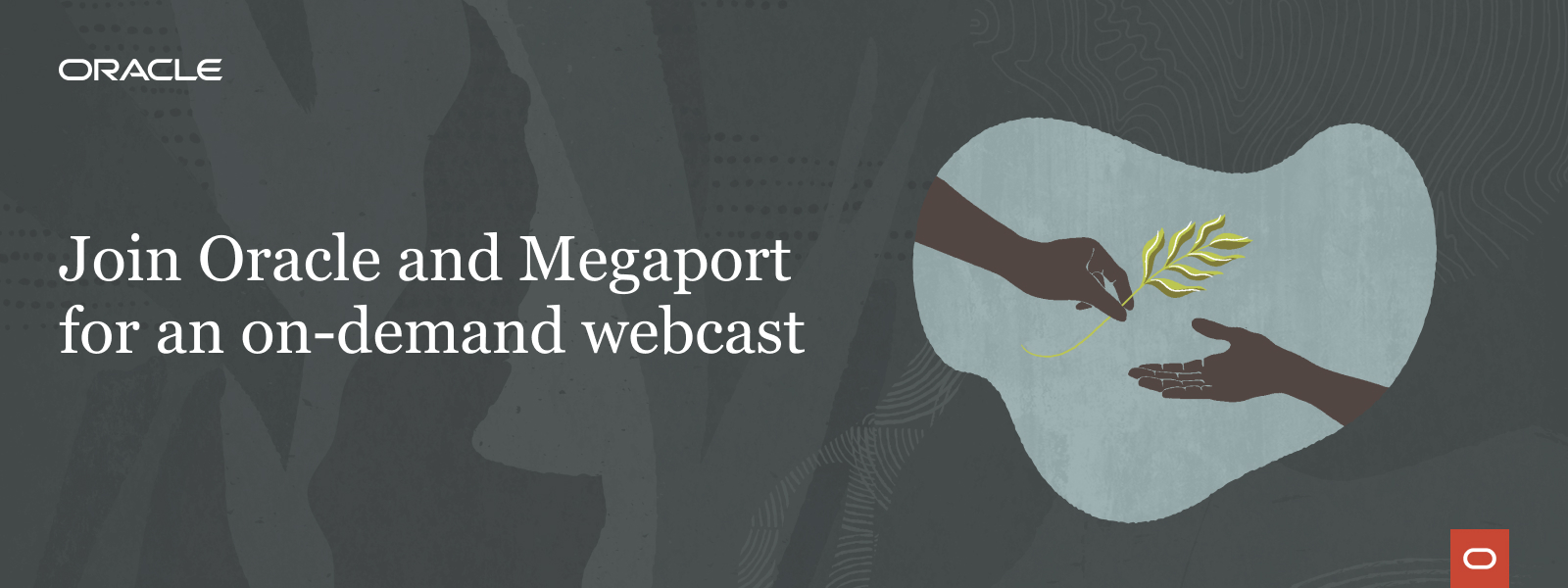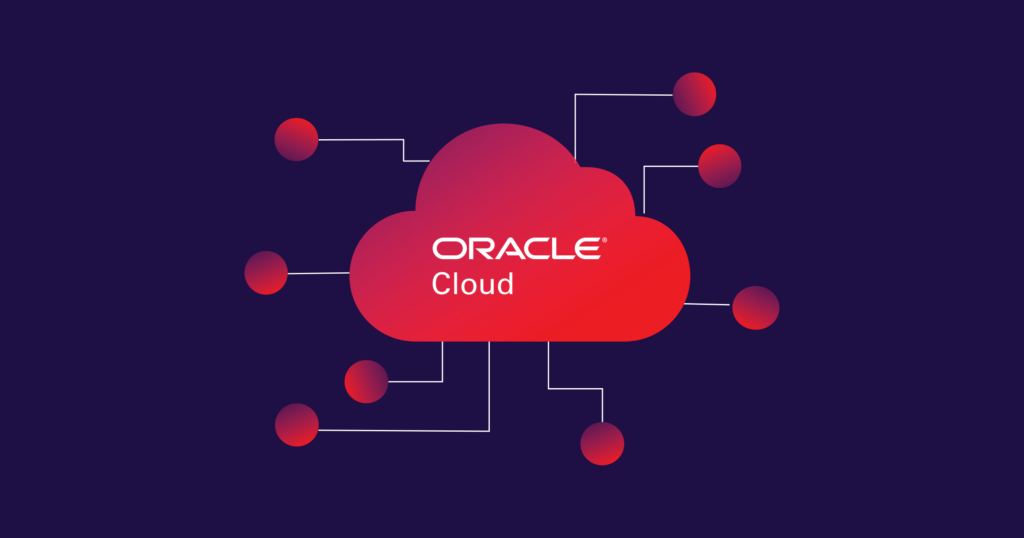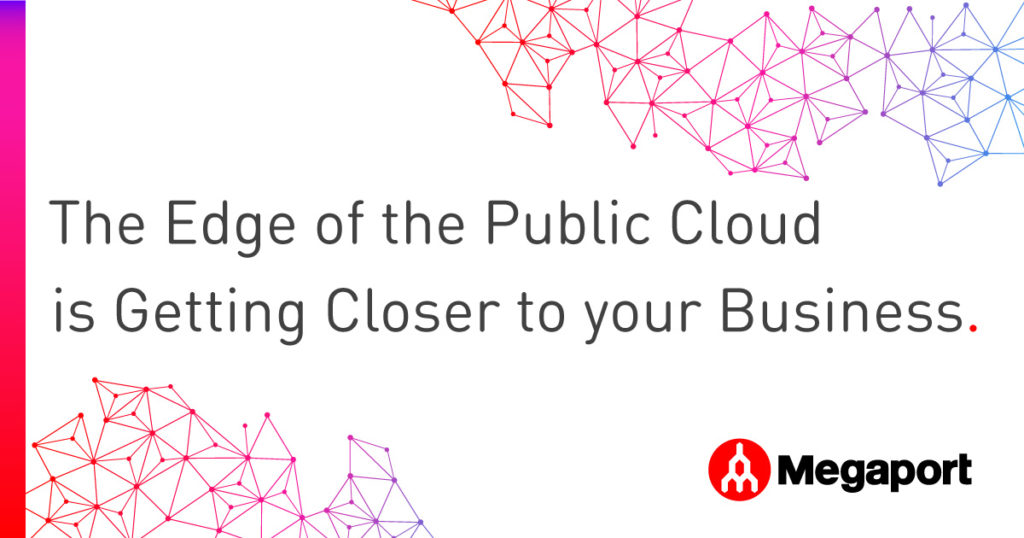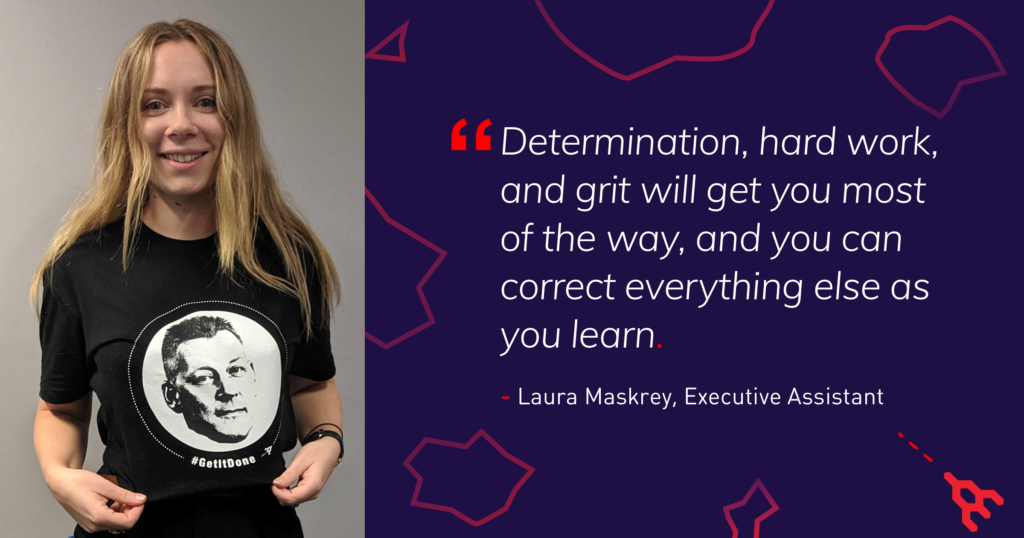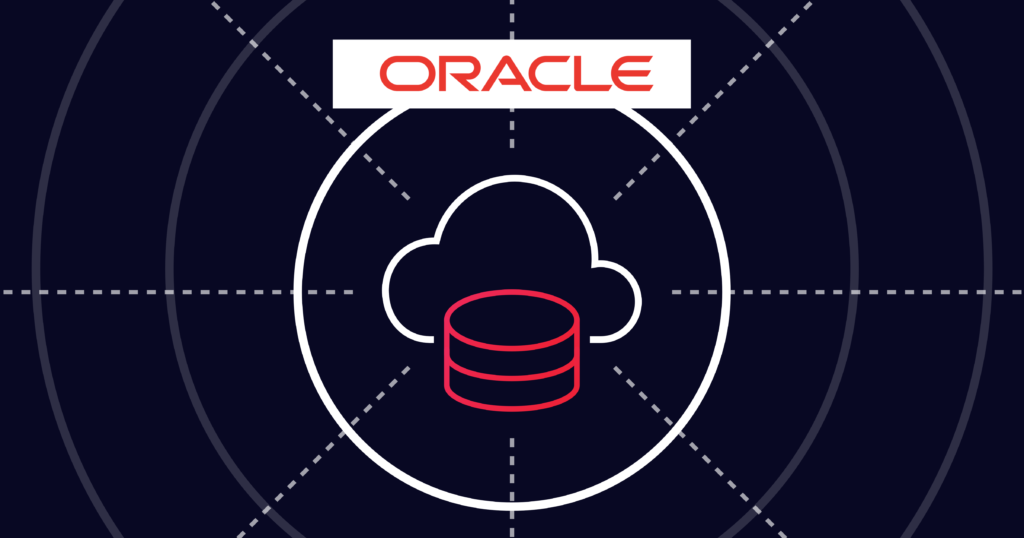
Build Multicloud Networks for Business Continuity Using Oracle Maximum Availability Architecture (MAA) Part 2
- Blog , Networking , Partners
- July 6, 2021
In the second part of our 3-part blog series, our team of experts will give you best practices using Oracle Database High Availability features to secure business-critical workloads in the cloud when you can afford little or no downtime.
Originally published on the Oracle Maximum Availability Architecture blog.
CNET called June 8, 2021 “the day the internet broke – before swiftly being fixed again.” The outage of a single cloud computing service provider named Fastly took down huge chunks of the internet including the websites of Amazon, Reddit, Spotify, eBay, Twitch, Pinterest, The New York Times, CNN, BBC, and even the U.S. and U.K. governments. Not only was the incident triggered by an outage from only one provider, but the outage was triggered by a single Fastly customer.
Within 49 minutes of the outage, 95% of Fastly’s network was restored to normal operations, but the damage was done. The Fastly outage is an extreme but recent example of businesses needing to architect their networks to ensure business continuity.
Whether it’s your ERP, CRM, or financial systems, or enterprise-wide collaboration and communication tools like email or messaging, you can mitigate the potential business impacts of the next unplanned outage of your business-critical applications. With more and more businesses moving these workloads into one or more clouds, it becomes even more urgent to design your network with multicloud in mind.
Oracle Maximum Availability Architecture
In the first blog of our series on Oracle Maximum Availability Architecture (MAA) , we covered our Bronze Architecture, which used a single instance of an Oracle Database to provide redundancy for development and test environments, as well as other non-critical applications.
In this blog, our team of experts has put together best practices and a reference architecture designed to secure business-critical applications tested diligently via Chaos Engineering techniques , reducing downtime for local failures and most commonly planned maintenance activities such as database patching. The Silver Architecture, which we will discuss in our upcoming webinar on July 13, is designed for high availability (HA), scalability, and fast failover.
It will also ensure data access, prevent data loss, minimize downtime, and reduce administrative tasks in the event of an unexpected service interruption.
With Oracle MAA, you can build a resilient network that will prepare you for the next business continuity incident without busting your IT budget or creating extra work for your team.
The reference architectures in this series use Oracle Cloud Infrastructure (OCI) FastConnect and our partner Megaport, a leading global Network as a Service (NaaS) provider. Here are some terms you’ll see referenced in these multi-cloud architectures:
OCI Fast Connect
- Region - An OCI region is a localized geographic area that contains one or more data centers, called availability domains. Regions are independent of other regions, and vast distances can separate them (across countries or even continents).
- Availability Domain - An availability domain is one or more data centers located within a region. Availability domains are isolated from each other, fault tolerant, and very unlikely to fail simultaneously.
- Virtual Cloud Network (VCN) - A VCN is a virtual, private network that you set up in Oracle data centers. It closely resembles a traditional network, with firewall rules and specific types of communication gateways that you can choose to use. A VCN resides in a single OCI region.
- Dynamic routing gateway (DRG) - The DRG is a virtual router that provides a path for private network traffic between a VCN and a network outside the region, such as a VCN in another OCI region, an on-premises network, or a network in another cloud provider.
- FastConnect - OCI FastConnect provides an easy way to create a dedicated, private connection between your data center and OCI. FastConnect provides higher bandwidth options and a more reliable networking experience when compared with internet-based connections.
Megaport
- Software Defined Network (SDN) - Megaport’s on-demand, global Software Defined Network (SDN) enables fast, flexible, and secure connectivity to the world’s top cloud providers, including Oracle Cloud, Amazon Web Services (AWS), Microsoft Azure, and Google Cloud, across 700+ locations in North America, Asia-Pacific, and Europe.
- Port - A Port is a high-speed Ethernet interface (1 Gbps, 10 Gbps, and 100 Gbps) that connects to the Megaport SDN.
- Virtual Cross Connect (VXC) - With a Port configured, you can create Virtual Cross Connects (VXC) to connect to Oracle services on the Megaport network. A VXC is a private point-to-point Ethernet connection between an A-End (your Port) and a B-End (for example, OCI FastConnect).
Let’s look at how the Silver tier in Oracle Maximum Availability Architecture works with Megaport’s services.
Oracle Maximum Availability Architecture - Silver Multicloud Architecture
Oracle MAA Silver Architecture with Megaport
The Oracle MAA Silver Architecture is designed for databases that can’t afford to wait for a cold restart or a restore from backup should there be an unrecoverable database instance or server failure. This architecture is best used for production applications that are business-critical.
In the example diagram above, the architecture uses HA Clustering plus a backup, using diverse Ports at the customer’s data center location. The customer can create two virtual cross-connects (VXC’s) over Megaport’s private, fully redundant network, which will connect to Oracle redundant routers at the FastConnect location.
This configuration will create a fully redundant High Availability pair on both the Megaport and Oracle Cloud networks. The MAA configuration will include Primary and Secondary Availability Domains within a single Oracle region. Each virtual connection will be a standalone Border Gateway Protocol (BGP) session between your on-premises resources and your Oracle Databases in OCI.
The Silver Architecture creates greater redundancy for your database, providing data protection with automated backup and recovery, as well as application continuity, which hides disruptions in the database tier from end-users. All of these features are built into Autonomous Database and other Oracle database cloud services.
Next time
In our final blog post on Oracle Maximum Availability Architecture, we’ll cover the Gold and Platinum tiers designed to provide comprehensive High Availability (HA), disaster recovery (DR), and data protection for mission-critical applications, available here .

